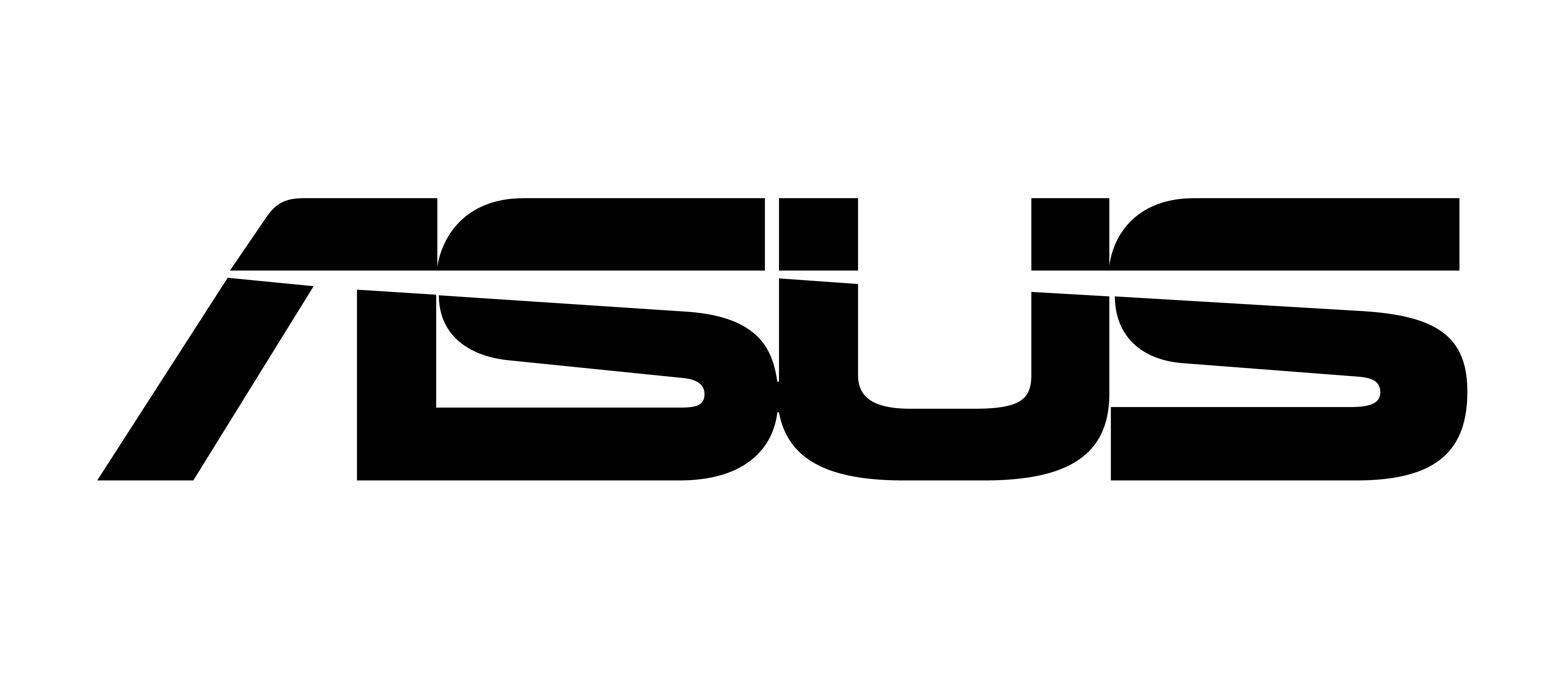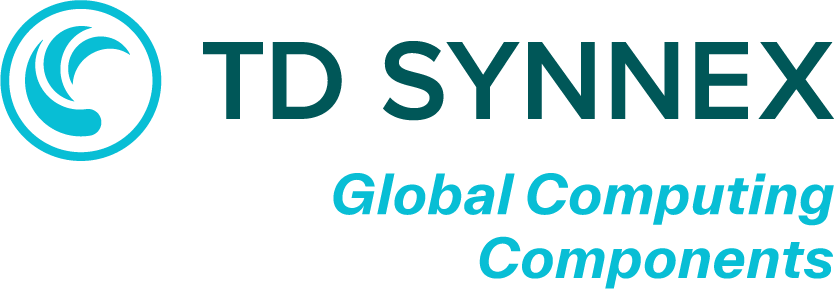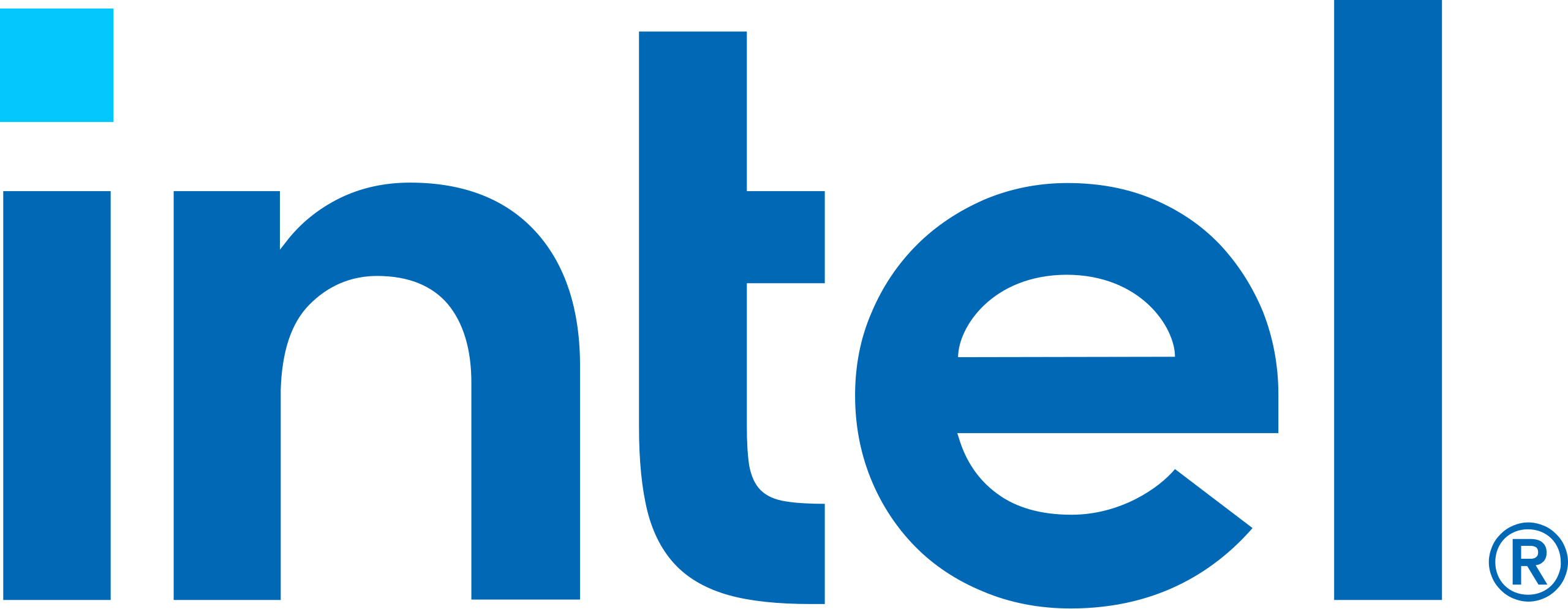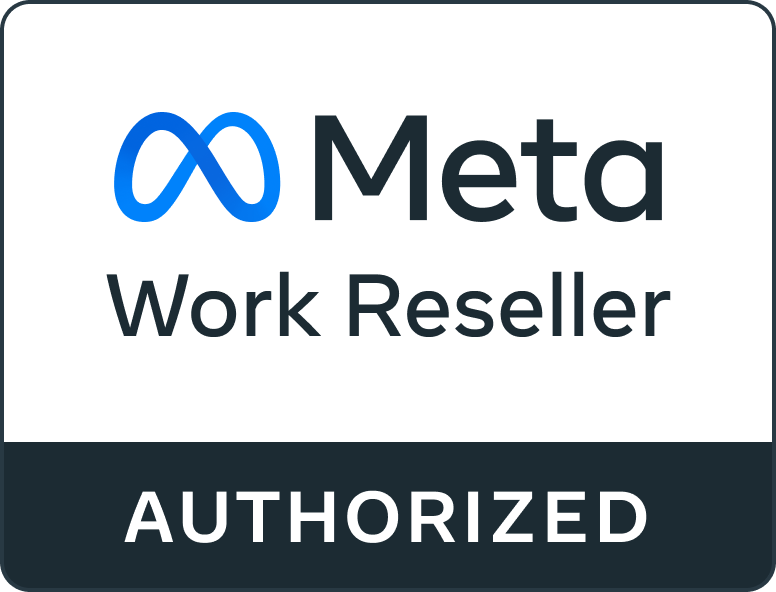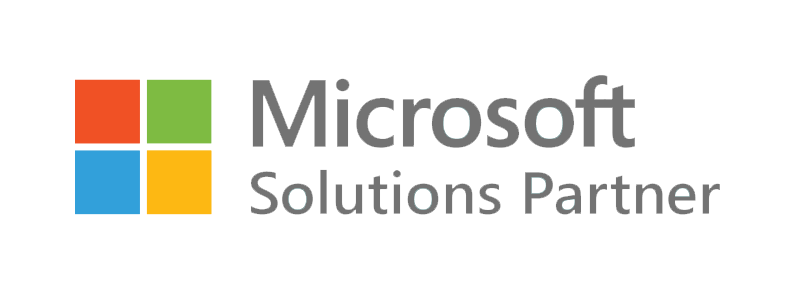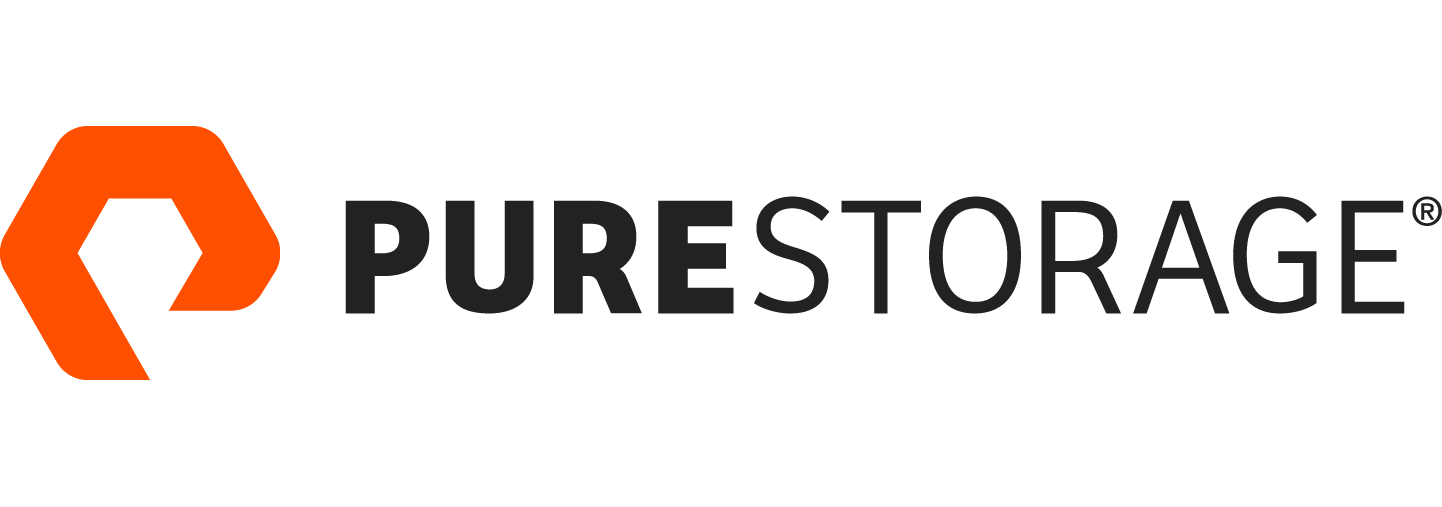Defining SDS
At its core, SDS separates the control plane from the data plane. Convincing your customers to go with an SDS solution means common storage features aren’t tied to the hardware storing the data. SDS manages typical features you’d expect in a storage solution including deduplication, replication, and snapshots. There’s also a centralised management platform as part of the SDS.
Think about the virtualisation bottleneck that lies with the storage team. Server virtualisation is supposed to make it easier to deploy enterprise applications. However, virtualisation and storage are owned by different teams.
Traditionally, IT needs to define the amount of storage an application needs to perform to the required level. Even if the storage can be provided, there will still be a wait time before users can take advantage of the virtual servers.
Caring about SDS
SDS resolves some long-standing virtualisation issues in the enterprise by bringing network and storage in-house under the virtualisation team. Now the virtualisation administrator manages and controls storage, through the same interface. The administrator can set up virtual machines, as well as specify storage requirements for each VM.
Moving to SDS means administrators don’t need to worry about the location of the machine or how many copies of the machine (file) they create. They don’t need to think about anything other than performance and availability.
Customers will be able to interconnect all their existing SAN and NAS hardware as a single 100% vendor agnostic storage pool while skipping certified lists or validated builds. Additionally, your customers can then share all existing random access memory (RAM), solid state drive (SSD), storage area network (SAN), network-attached storage (NAS), direct-attached storage (DAS) and cloud services across all applications without changes to the application.
Talking SDS with customers
A major challenge talking SDS with customers is that there’s not necessarily an industry standard definition for SDS. Getting past this with requires you to take a consultative approach to their storage requirements. Translated, you need to touch on the paint points of budget, agility, and performance.
There’s a right and wrong time to speak with your current and prospective customers about the move to SDS from their legacy storage solutions. Look for an opening to initiate the SDS discussion when your client’s current storage solution is coming to end of life, or the support life ends. Customers wanting to reduce infrastructure costs will want to hear that SDS eliminates fibre channels and other relevant hardware.
Another opening to scope out is whether the customer is suffering through performance or availability issues with their current storage solution that’s undermining their business operations and bottom line.
Takeaways
- SDS separates the control plane from the data plane freeing your common storage features from the hardware
- SDS resolves some long-standing virtualisation issues in the enterprise by bringing network and storage in-house under the virtualisation team.
- Initiating a customer conversation about SDS happens best when their current storage solution is end of life, or they are facing performance or availability issues.

